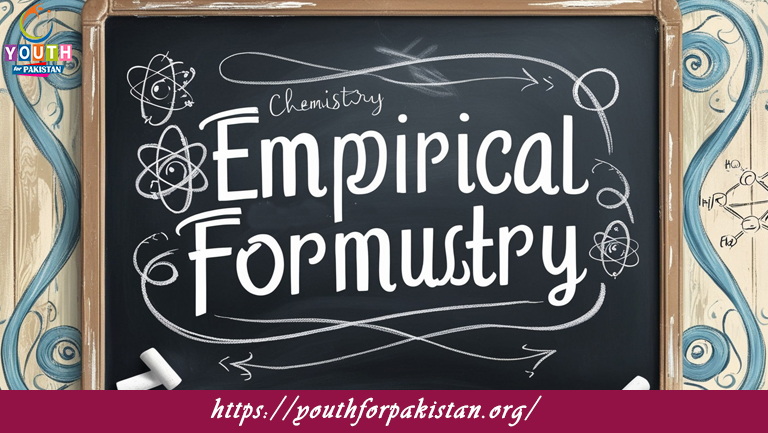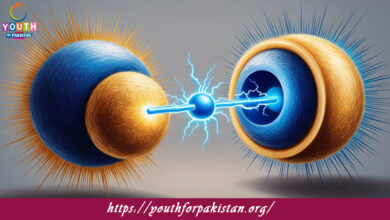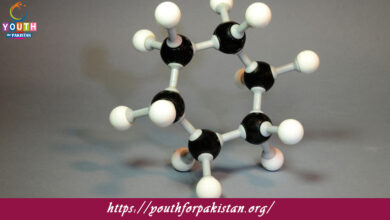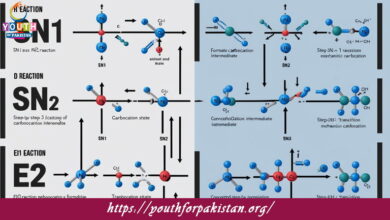Empirical Formula MDCAT Quiz is one of the most critical aspects of chemistry; it is the simplest whole-number ratio of atoms in a compound. This is a basic topic that is very essential for MDCAT students because this forms the basis of understanding molecular composition and stoichiometry. Mastery of empirical formulas allows a student to solve problems involving chemical equations, molecular formulas, and percentage composition. Moreover, this topic often appears in the MDCAT Quiz, indicating its importance for examination purposes. Knowledge of how empirical formulas are derived and interpreted guarantees clarity on the basic concepts of chemistry, which also enhances the efficiency of problem-solving.
MDCAT Quiz on Empirical Formula
The MDCAT Quiz on the Empirical Formula has been designed to provide students with a conceptual and practical understanding of the subject. Questions are given related to empirical formula calculations from mass percentages, determination of molecular formulas, and analyses of chemical data. All questions are according to the latest MDCAT syllabus to ensure their relevancy and accuracy. This quiz helps students develop a skill in applying theoretical knowledge to real-world applications, an indispensable feature required for MDCAT success.
0Get Your Username and Password for MDCAT Tests
Sign Up Now
Free Flashcard for Empirical Formula
Our Free Flashcard on the empirical formula has brief explanations and examples, making it an excellent resource for quick revision. The flashcards summarize the critical steps for the calculation of empirical formulas, differences between empirical and molecular formulas, and common mistakes to avoid. Using these cards, students can effectively memorize important details and will thus be well-prepared to handle questions on chemical analysis and identification of compounds.

The empirical formula represents the _______ ratio of elements in a compound.

The molecular formula is a multiple of the _______ formula.

The empirical formula of glucose (C₆H₁₂O₆) is _______.

To find the empirical formula, the _______ of each element must be determined.

The empirical formula of benzene (C₆H₆) is _______.

The ratio of elements in an empirical formula is expressed as the _______ ratio.

The empirical formula of a compound containing 50% sulfur and 50% oxygen is _______.

The molecular formula of a compound can be determined using its _______.
Molar mass and empirical formula

If the empirical formula of a compound is CH₂, its molecular formula could be _______.

A compound with an empirical formula of NH₂ and a molar mass of 32 g/mol has a molecular formula of _______.

The empirical formula of a compound with 40% carbon, 6.7% hydrogen, and 53.3% oxygen is _______.

The percentage composition is used to calculate the _______ formula of a compound.

The empirical formula of water is _______.

The empirical formula of hydrogen peroxide (H₂O₂) is _______.

The empirical formula of acetic acid (C₂H₄O₂) is _______.

The molecular formula of a compound is always a _______ of its empirical formula.

The empirical formula is derived by dividing the moles of each element by the _______.

A compound with an empirical formula of CH and a molar mass of 78 g/mol has a molecular formula of _______.

The empirical formula does not provide information about the compound's _______.

The empirical formula of ethanol (C₂H₆O) is _______.

The steps to determine the empirical formula include calculating the _______.

A compound has 75% carbon and 25% hydrogen by mass. Its empirical formula is _______.

The empirical formula of nitric acid (HNO₃) is _______.

The empirical formula of sodium chloride is _______.

The empirical formula of calcium oxide is _______.

A compound contains 80% carbon and 20% hydrogen. Its empirical formula is _______.

The molecular formula of ethane (C₂H₆) is _______ times its empirical formula.

The empirical formula of butane (C₄H₁₀) is _______.

The molecular formula and empirical formula are the same for _______.

The empirical formula of a compound with 1 mole of carbon and 2 moles of hydrogen is _______.
Experience the real exam environment with our expertly designed collection of over 25,000 MCQs MDCAT Mock Tests.
View Your Dashboard







